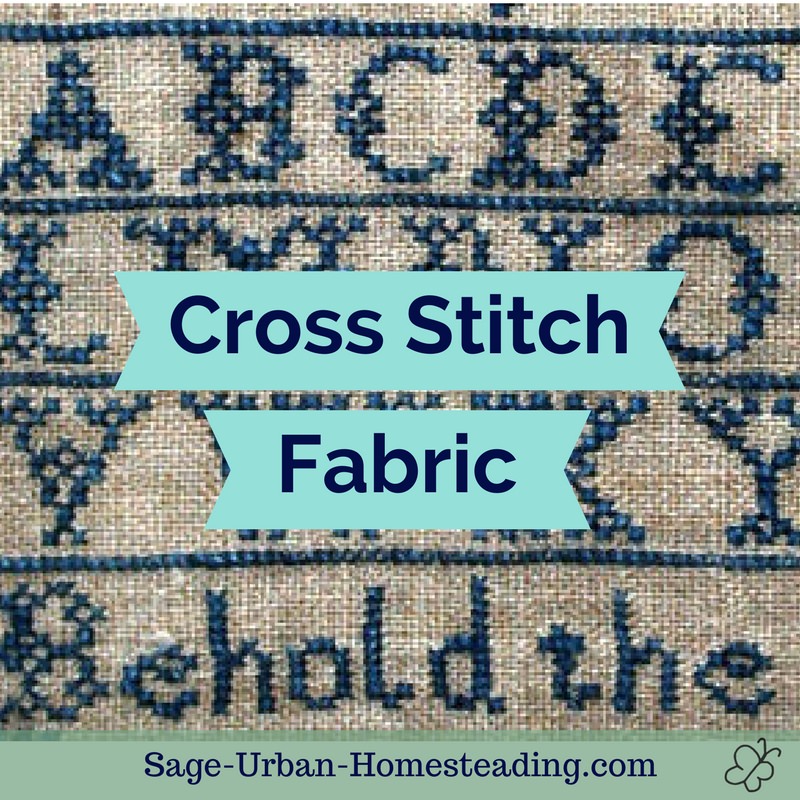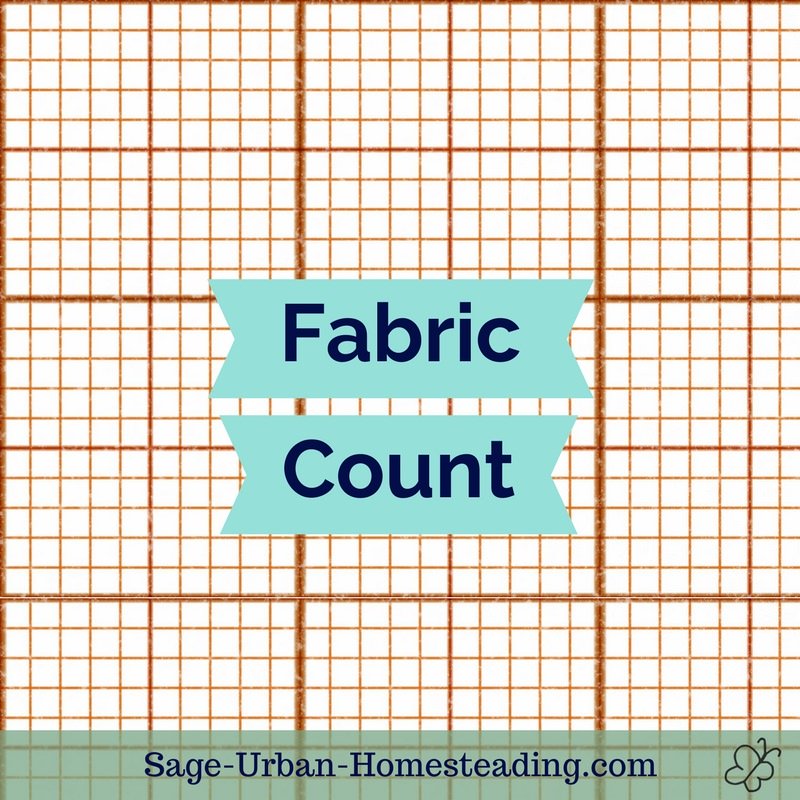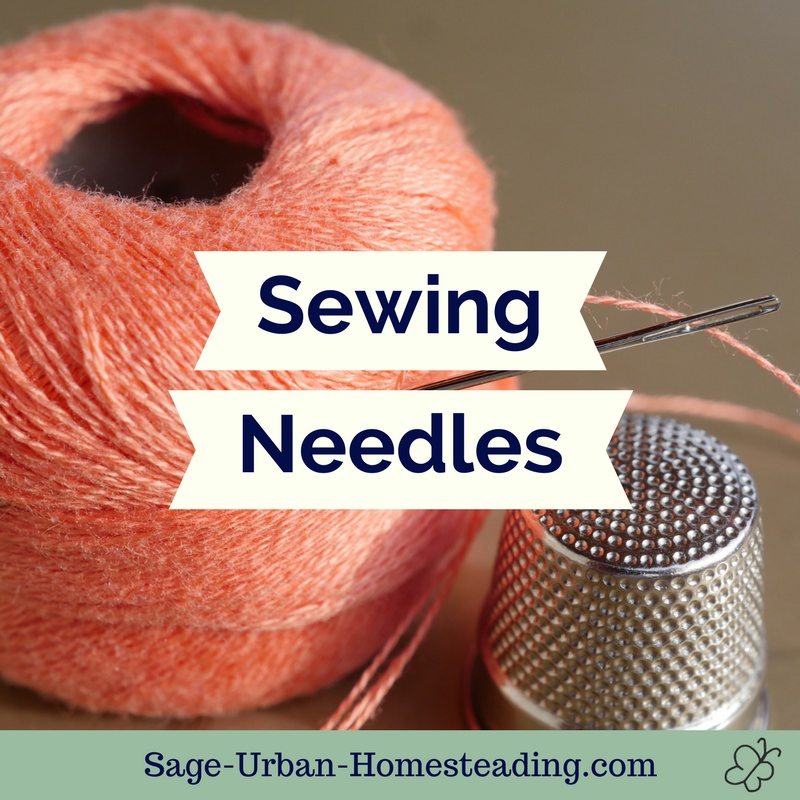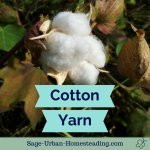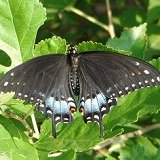FYI: I earn a small commission from some links and advertisements.
- Home
- Embroidery
- Cross Stitch Fabric
Counted Cross Stitch Fabric
There are so many options for cross stitch fabric from embroidery linen to aida cloth. Sometimes it's hard for me to choose the right one!
I have learned that it's important to consider the fabric fiber, count, and color.
Fabric Fiber
Cross stitch is always done on an evenweave fabric. Evenweave means that the fabric has equally woven warp and weft threads which come together as small squares.
Fibers have different properties:
- Cotton is produced from boils when the cotton plant seeds. It dyes well, so there are many colors available. Cotton washes well and shrinks slightly when washed. It wrinkles easily but it can be ironed. Cotton is vulnerable to molds and mildews.
- Linen is produced from the stem of the flax plant. It has no stretch to it when dry. Linen is hard to dye so the available color palette is more limited, but it has expanded in recent years. Linen will become shiny if ironed on a very hot setting.
- Rayon is a semi-synthetic fiber produced from wood pulp. It's vulnerable to molds and mildews.
- Polyester is a plastic fiber produced from petroleum oil. It's wrinkle resistant. Some polyesters such as acrylic will melt under high temperatures.
There are 100% pure fiber fabrics and fabric blends available in various fabric counts. Different blends, weaves, and count have different names.
A general list of cross stitch fabric names according to fiber:
- 100% Cotton -- Aida, Congress, Davosa, Hardanger, Herta, Jubilee
- 100% Linen -- Belfast, Cashel, Cork, Edinburgh, Glasgow, Newcastle, Newport
- 70% Rayon, 30% Linen -- Floba
- 60% Rayon, 40% Cotton -- Ariosa, Klostern, Meran, Tula
- 80% Cotton, 20% Linen -- Lincoln
- 62% Cotton, 38% Rayon - Vienna
- 52% Cotton, 48% Rayon -- Jazlyn, Lugana, Softana
- 60% Polyester, 40% Linen -- Pearl Linen
- 55% Linen, 45% Cotton -- Quaker Cloth
If you want to do cross stitch on a pair of jeans or some other clothing item, you'll need to use waste canvas over the fabric to keep the stitches straight.
Some people also use gingham since the design can serve as an evenweave guideline.
Fabric Count and Size
The count of your cross stitch fabric affects the size of the final piece and how the design details look.
Use the fabric count formula to calculate the completed pattern size, then add enough to have a large enough margin on each side for your intended project or 3 to 4 inches minimum on all four sides.
Choose a needle based on fabric count:
- 11 count
- Use a size 18, 20, 22, or 24 tapestry needle with 3 strands of floss for cross stitch and 2 strands for backstitch.
- 14 count
- Use a size 20, 22, or 24 tapestry needle with 2 strands of floss for cross stitch and 1 strand for backstitch.
- 16 count
- Use a size 22 or 24 tapestry needle with 2 strands of floss for cross stitch and 1 strand for backstitch.
- 18 count
- Use a size 24 or 26 tapestry needle with 2 strands of floss for cross stitch and 1 strand for backstitch.
- 22 count
- Use a size 26 or 28 tapestry needle with 1 strand of floss for cross stitch and 1 strand for backstitch.
- 28 count
- Use a size 26 or 28 tapestry needle with 1 strand of floss for cross stitch and 1 strand for backstitch.
These are only floss suggestions. Patterns usually tell you how many strands to use for each stitch type.
Fabric Color
White and off white are the most common colors for counted cross stitch fabric, but there are many more colors available. Dark colors such as navy or black can give stunning designs, but they're harder to work on since it's more difficult to see the tiny holes.
Remember that optical illusion about how background affects color appearance? Visit this optical illusion website to see examples of the effects of bordering and simultaneous contrast. If you decide to stitch on a different color of cross stitch fabric than the pattern calls for, think about how it will change the appearance of your thread colors.
Cross Stitch Fabric and Floss Calculator
Need to calculate how much fabric to use and how many strands of floss? Here's a handy Cross Stitch Calculator that will help you figure it out (opens in a new window).
